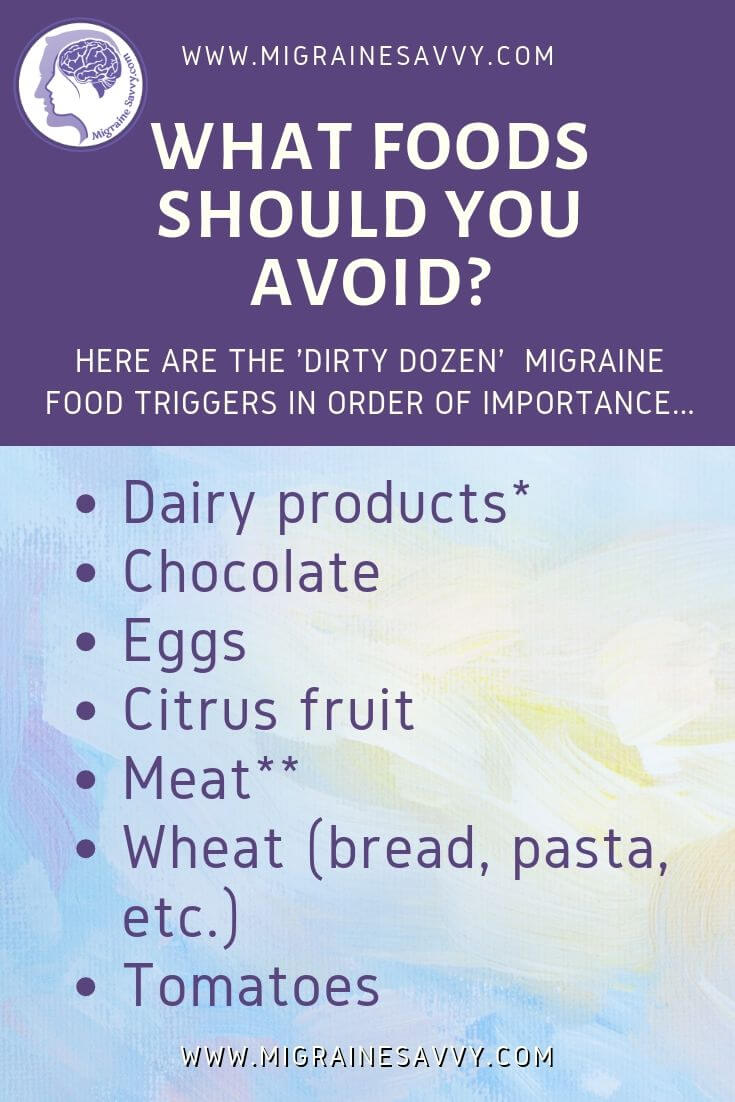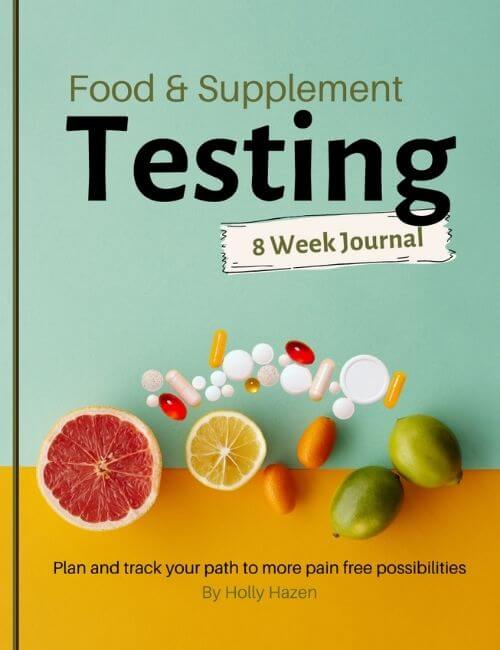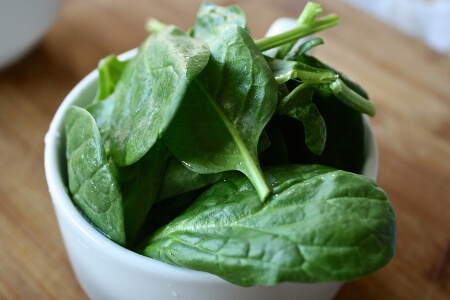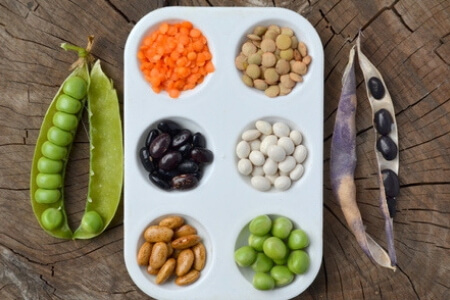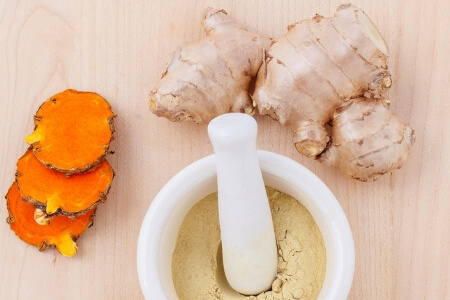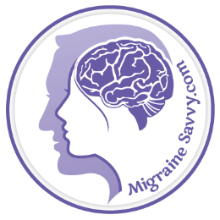- Home
- Food & Diets
- Migraine Elimination Diet
Magnesium Deficient = More Migraine Attacks
Science confirms this hidden trigger.
Get all 7 forms your body actually absorbs in one bottle.
🎁Save 10% with my code!
Magnesium Deficient = More Migraine Attacks
Science confirms this hidden trigger. Get all 7 forms your body actually absorbs in one bottle +
🎁Save 10% with my code!
How Can I Do a Simple Migraine Elimination Diet?
Embarking on a migraine elimination diet can be a game-changer in identifying and managing food triggers that contribute to debilitating migraine attacks. This comprehensive approach aims to pinpoint the specific foods or food categories that may be causing inflammatory responses and exacerbating your migraines.
The concept behind an elimination diet is straightforward: by systematically removing potential trigger foods from your diet and then reintroducing them one by one, you can observe your body's reactions and determine which foods are safe and which ones should be avoided.
While well-known culprits like chocolate, aged cheeses, and alcoholic beverages are often on the elimination list, the true power of this dietary approach lies in uncovering your unique food sensitivities. Each individual may react differently to various foods, and this process helps personalize your dietary plan.
To start a successful migraine elimination diet, you'll need to be prepared with a clear strategy and a solid understanding of the process. Let's walk through the essential steps, providing insights into which foods to eliminate, how to reintroduce them gradually, and how to interpret your body's responses.
By taking a proactive approach and committing to this dietary intervention, you'll gain valuable insights into your personal migraine triggers, potentially leading to a significant reduction in the frequency and severity of your migraine attacks.
My #1 Choice in Magnesium Supplementation
My Migraine Elimination Diet Journey: Lessons Learned
Starting a migraine elimination diet can be a daunting and challenging process, but it's a journey that can yield invaluable insights into your personal triggers and provide a path towards better migraine management. My own experience with this dietary approach spanned over four years, and while it was a long and arduous road, it taught me valuable lessons that I'd like to share with you.
Don't let my experience deter you!
In the early days, I was prescribed a strict elimination diet by a dietician at a local hospital. It was a rigid regimen that allowed only a handful of foods - lamb, chicken, white rice, and soup broth. The idea was to introduce one new food per week and meticulously document any reactions.
While the concept seemed straightforward, the execution proved to be far more complex than anticipated. As the weeks and months passed, keeping track of the reintroduced foods and their potential combinations became an overwhelming task. It was a constant juggling act, and the migraine attacks continued to rage on, seemingly unaffected by my dietary changes.
Seeking additional guidance, I consulted with a naturopath who followed the principles outlined in Phillip Alexander's book "It Could Be Allergy and It Can Be Cured." This approach added an array of supplements to the mix, further complicating the already intricate process.
Looking back, I realize that my journey took far too long – a staggering four years to reintroduce foods one by one. It was a painstaking process that often left me feeling frustrated and discouraged. However, despite the challenges, I learned invaluable lessons that I hope can help you navigate your own migraine elimination diet more effectively.
While the path to migraine relief may seem arduous, a comprehensive elimination diet approach, coupled with perseverance and close monitoring, can unlock invaluable insights into your unique triggers and pave the way for a life with fewer migraine attacks.
The Reintroduction Phase
Initially, the naturopath's regimen seemed daunting. After undergoing a series of allergy tests, I was left with a severely restricted diet consisting of pears, lamb, lemon, olive oil, chicken, and white rice – a mere 6 items out of the original 200 foods on the list. Feeling deflated, I embarked on a three-month period of complete avoidance of the identified offending foods, with the goal of allowing my white blood cells to "forget" about the allergies.
Then came the reintroduction phase, where I was instructed to introduce one new food every four days, meticulously documenting my reactions in a journal. While it seemed straightforward at first, the process quickly became overwhelming as the combinations of foods grew more complex, and I found myself unable to make sense of the journal entries effectively.
Frustratingly, as time passed, I grew increasingly sensitive to some of the very foods I had previously tolerated. It was a confusing and disheartening 4+ year journey, during which I managed to reintroduce only a few foods, with dairy products, fruit (halves or quarters were ok) and sugary treats emerging as clear triggers for migraines, in addition to the already-known culprit, chocolate.
Fast forward to 2006, fourteen years after my initial migraine diagnosis and a recent diagnosis of chronic fatigue syndrome (CFS) following a Ross River Fever infection, a pivotal moment occurred. My new doctor detected gluten markers in a blood test, prompting me to eliminate gluten from my diet. The results were nothing short of remarkable – within a week, I regained the ability to walk after being bedridden for 18 months due to the debilitating effects of CFS.
A Gluten-Free Path to Migraine Relief
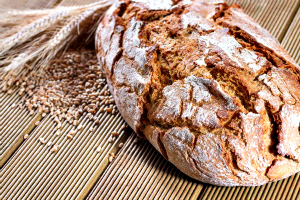
If you suspect gluten might be a trigger for your migraine attacks, consider doing a gluten-free trial. Eliminating gluten from your diet for two weeks can provide valuable insights into its potential impact on your symptoms. Wheat is a common culprit on the migraine trigger list, but going gluten-free allows you to assess the broader effects of this protein family.
During this trial period, load up on migraine-safe foods and meticulously track your symptoms and migraine frequency. If you experience significant improvement, you may have identified a key dietary trigger. From there, you can reintroduce gluten systematically to confirm its impact on your migraines.
I've written more here >> Migraines and Gluten Intolerance
A Simplified Migraine Elimination Diet Approach
Dr. Neal Barnard's book Foods That Fight Pain offers a simplified two-week migraine elimination diet approach. Start by removing common migraine triggers from your diet while incorporating generous amounts of migraine-safe foods. Maintain a detailed diary to monitor any changes in your migraine patterns.
If you notice a reduction in migraine frequency or severity, you're on the right track. The next step is to reintroduce the eliminated foods one by one, every two to four days, to pinpoint your specific triggers. Begin with less risky foods and gradually work your way up, carefully observing your body's reactions.
Dr. Barnard suggests considering a permanent elimination of meats, dairy, and eggs, as they are potential migraine triggers and may disrupt hormone balance. However, this decision ultimately depends on your personal preferences and tolerance.
Adopting a simplified elimination diet approach and methodically tracking your reactions, can provide the insight you need without getting too complicated.
>> Be sure to keep a diary and plan ahead - buy an abundance of foods from the safe list.
The key is to be very careful in avoiding the listed common triggers, so let's look at those next. But first, here are the two journals I wrote to help me through it all.
The Most Common Food Triggers
Numerous studies have highlighted the remarkable impact of identifying and avoiding food triggers on reducing migraine frequency. Many individuals who successfully eliminate their dietary triggers experience a significant decline in the number of migraine days per month. This is why a migraine elimination diet is often recommended as the initial step in pinpointing your main offenders.
Dr. Teitelbaum's research has uncovered compelling statistics on the most common migraine-inducing foods. According to his findings, a staggering 78% of migraine patients experienced a reduction in symptoms after eliminating wheat from their diets. Other notable food triggers identified in his study include:
- Oranges (65% of patients)
- Eggs (45% of patients)
- Tea and coffee (40% of patients each)
- Chocolate and milk (37% of patients each)
- Beef (35% of patients)
- Corn, cane sugar, and yeast (33% of patients each)
While the study disallowed controversial foods like the artificial sweetener aspartame, some participants reported a reduction in migraine episodes after avoiding these additives, along with other potential triggers such as alcoholic beverages (particularly red wine), caffeinated drinks (tea, coffee, and colas), MSG, and nitrites.
In summary, the following foods and ingredients should be considered for potential elimination and testing:
- Wheat, gluten, and other wheat-based products
- Oranges
- Eggs
- Tea and coffee
- Chocolate
- Milk and other dairy products
- Beef
- Corn
- Cane sugar, white sugar, and white flour products
- Yeast
- Alcoholic beverages (especially red wine)
- Caffeinated drinks (tea, coffee, and colas)
- MSG
- Aspartame
- Nitrites
Migraine-Safe Food Options
While navigating the elimination process, it's essential to incorporate migraine-safe foods into your diet to ensure proper nutrition. Some generally well-tolerated options include:
- Rice, especially brown rice is usually safe.
- Cooked green vegetables: broccoli, spinach, Swiss chard, or collards.
- Cooked orange vegetables: carrots, pumpkin or sweet potatoes.
- Cooked yellow vegetables: summer squash.
- Cooked or dried non-citrus fruits: cherries, cranberries, pears, prunes (AVOID citrus fruits, apples, bananas, peaches, and tomatoes).
- Water: plain water, filtered water or carbonated forms like Perrier.
- Condiments: salt, maple syrup, and vanilla extract.
Remember, every individual's triggers may vary, so it's crucial to pay close attention to your body's reactions during the elimination and reintroduction phases. By systematically eliminating and reintroducing potential triggers while incorporating migraine-safe foods, you can gain valuable insights into your personal food sensitivities and pave the way for a more effective migraine management strategy.
Mastering the Migraine Elimination Diet: Additional Tips and Insights
While attempting a migraine elimination diet, it's essential to approach the process with patience and diligence. If you don't notice significant changes after the initial two-week trial, the next step is to create a new list of suspected food triggers and repeat the elimination process.
Remember, this journey is about building your personalized safe food list, one step at a time. It's crucial to wait until your symptoms have subsided before testing another food item and ensure that you consume a generous portion to accurately gauge your body's reaction. If the food doesn't trigger a migraine episode, you can safely incorporate it into your diet.
However, it's advisable to avoid the "dirty dozen" list of common triggers, as well as any beverage or additive (such as aspartame or NutraSweet) triggers, until you've completed testing all your suspected foods. The Dirty Dozen list includes the following fruits and vegetables most contaminated with pesticides - apples, strawberries, grapes and celery top the list. Followed by peaches, spinach (kale and collard and mustard greens), sweet bell peppers, imported nectarines, cucumbers, potatoes, cherry tomatoes and hot peppers. [4]
Here are some invaluable tips to help you identify your unique triggers during the migraine elimination diet process:
- Pay attention to timing: offending foods that trigger a headache are usually consumed within three to six hours before the attack.
- Don't overlook cravings: the foods you least suspect, like those you crave regularly, may be your migraine triggers. Include them in your testing.
- Test different quantities: experiment with varying amounts of a suspected trigger food, even over a couple of days, to determine if accumulation plays a role. You might find that small quantities are tolerable, but larger amounts lead to migraine attacks. I can eat 1/2 a banana, 1/2 a baked potato, and 1/4 of an apple for example.
- Consider food combinations: you may be triggered by a combination of foods, making it challenging to pinpoint a single culprit.
- Monitor hormonal changes: your tolerance levels might vary, and you may be more sensitive to triggers around your menstrual cycle.
- Triggers can evolve: your migraine triggers can change over time, so it's essential to reassess periodically.
If you find the elimination diet process too time-consuming or challenging, consider exploring allergy or food sensitivity blood tests with your healthcare provider. While potentially expensive, these tests could provide faster insights into your unique triggers, streamlining your journey to migraine relief.
WANT MORE TIPS? Subscribe to my newsletter and follow along on Facebook and Pinterest for all of the latest updates.
FOOD & DIETS Related Articles
MIGRAINE SAFE RECIPES Related Articles
How to be more MIGRAINE SAVVY right now...
Migraine Elimination Diet References:
1. Teitelbaum, Dr. J. (2007) From Fatigued to Fantastic. Penguin Books: NY.
2. Allergy.org (2010) What is Allergy? [On-line] Available at: https://www.allergy.org.au Accessed 2013, Updated March 7, 2018.
3. Physicians Committee for Responsible Medicine. Migraine Diet: A Natural Approach to Migraines. Available [online] at: www.pcrm.org/health/health-topics/a-natural-approach-to-migraines.
4. EWG - https://www.ewg.org/foodnews/dirty-dozen.php Accessed May 30, 2024
